|
|
INAUGURAL ADDRESS AT THE CENTENARY CELEBRATIONS OF THE VIVEK VARDHINI EDUCATION SOCIETY AT HYDERABAD, ANDHRA PRADESH
29-06-2007 : Hyderabad, Andhra Pradesh
Education: Capacity Building
"Thinking provides knowledge
Knowledge makes you great?
I am delighted to participate in the inauguration of the Centenary Celebrations of the Vivek Vardhini Education Society (VVES). Starting with a modest primary school with over twenty students and two teachers VVES has established over twenty institutions imparting primary to higher education catering to the needs of over five thousand students today. During the hundred years VVES institutions have educationally empowered over hundred and twenty five thousand youth. I greet all the pioneers who have contributed in establishing and growing VVES to its present state. During the last hundred years, the institutions created by VVES have produced many distinguished personalities who are contributing in different disciplines in Andhra Pradesh, India and abroad. I would like to talk on the topic "Education: Capacity Building".
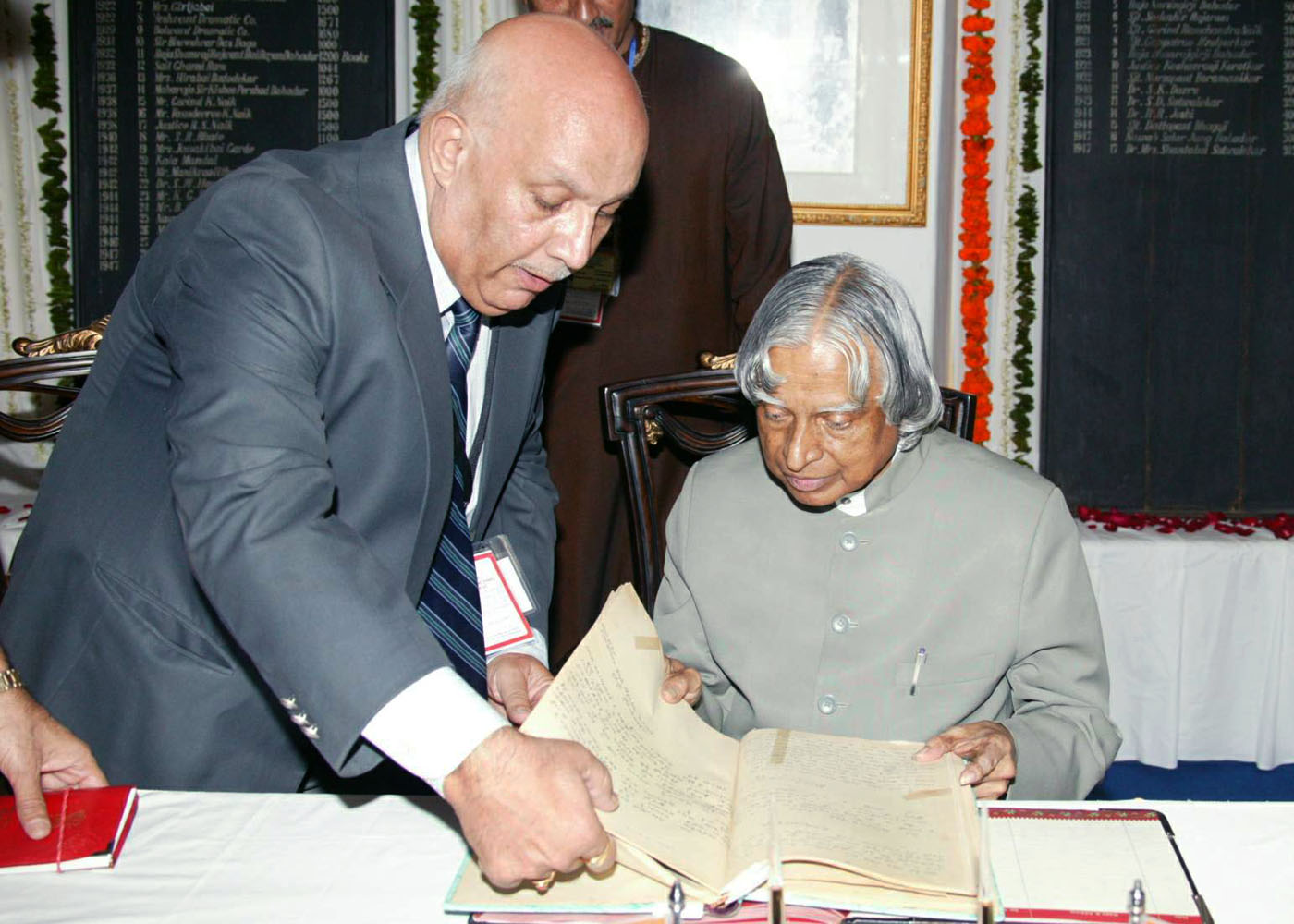

Capacity Building
When the students come out of the educational institutions, certain capacities are required to be built in them to deal with the real world, particularly to grow in their professional career and participate in the national development. I suggest that the ingredients for capacity building must be embedded right from the beginning of the students? life from primary education to higher education. A good educational model is the need of the hour to ensure that the students are developed as enlightened citizens and also participate in national development missions.
For these missions the capacities required to be built among the students are: The capacity for research or inquiry; the capacity for creativity and innovation; the capacity to use high technology; the capacity for entrepreneurial leadership; and the capacity for moral leadership.
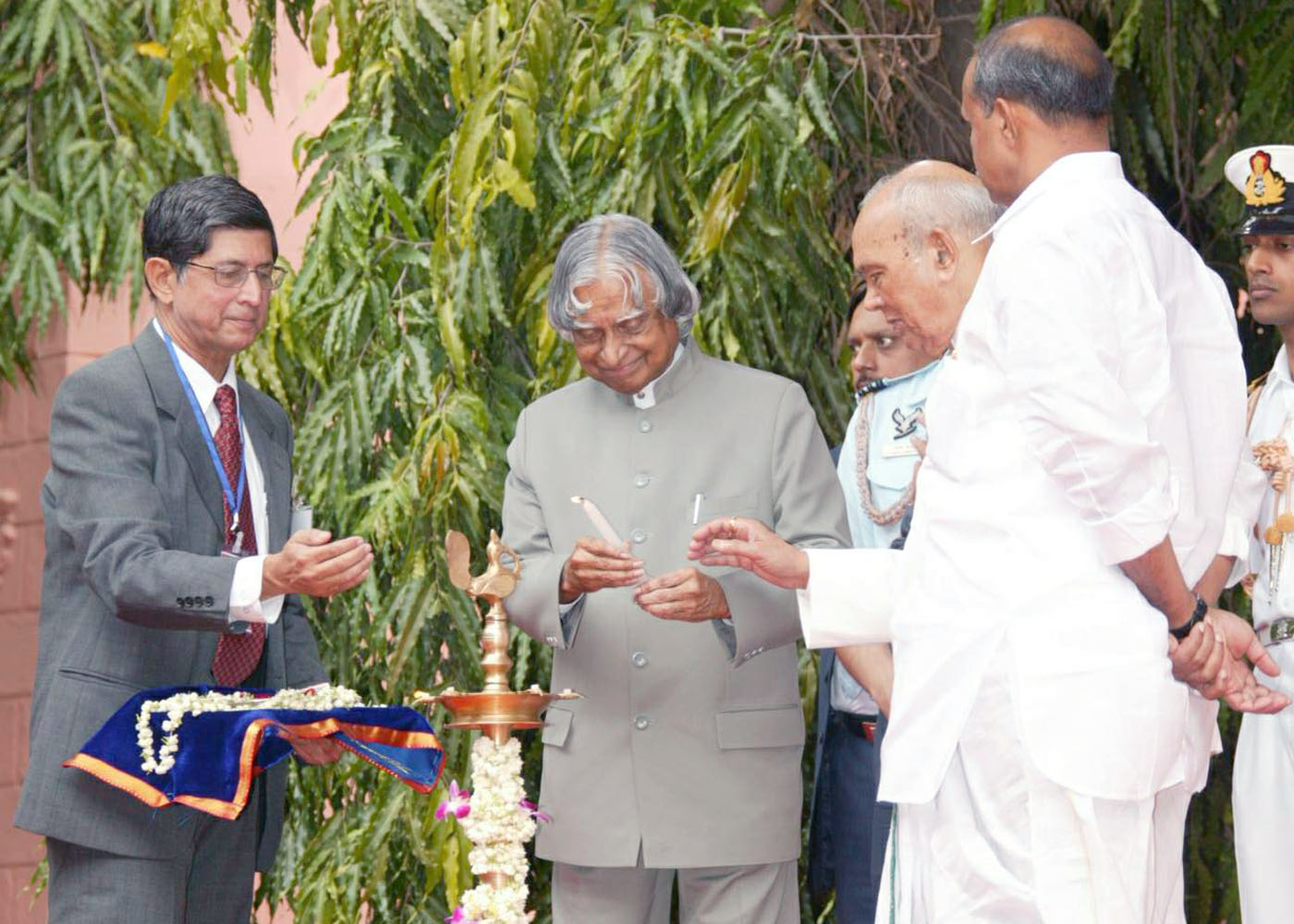
a. Research and enquiry: The 21st century is about the management of all the knowledge and information we have generated and the value addition we could bring to it. We must give our students the skills with which they find a way through the sea of knowledge that we have created and continue with life long learning. Today, we are empowered by technology to teach ourselves beyond classrooms and become life-long learners. This is indeed required for sustained economic development of the nation and also individual prosperity.
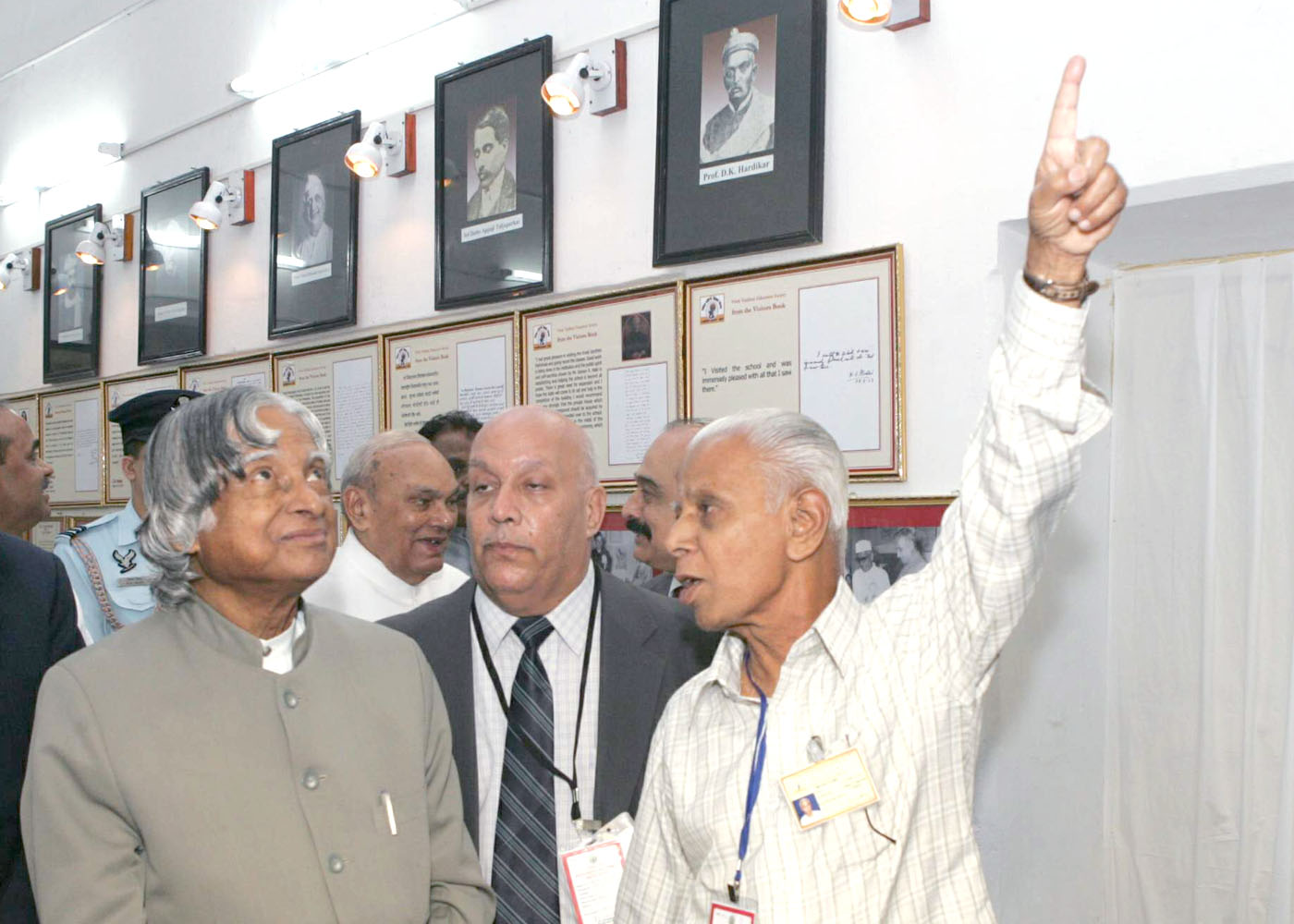
b. Creativity and Innovation: The management of knowledge in the 21st century is beyond the capacity of a single individual. The amount of information that we have around is overwhelming. The management of knowledge therefore must move out of the realm of the individual and shift into the realm of the networked groups. The students must learn how to manage knowledge collectively and to work in multi-disciplinary teams. When the information is networked the power and utility of the information grows multifold as predicted by Metcalfe's law. An information that is static does not grow. In the new digital economy, information that is circulated across enterprise, creates innovation and eventually contributes to national wealth.
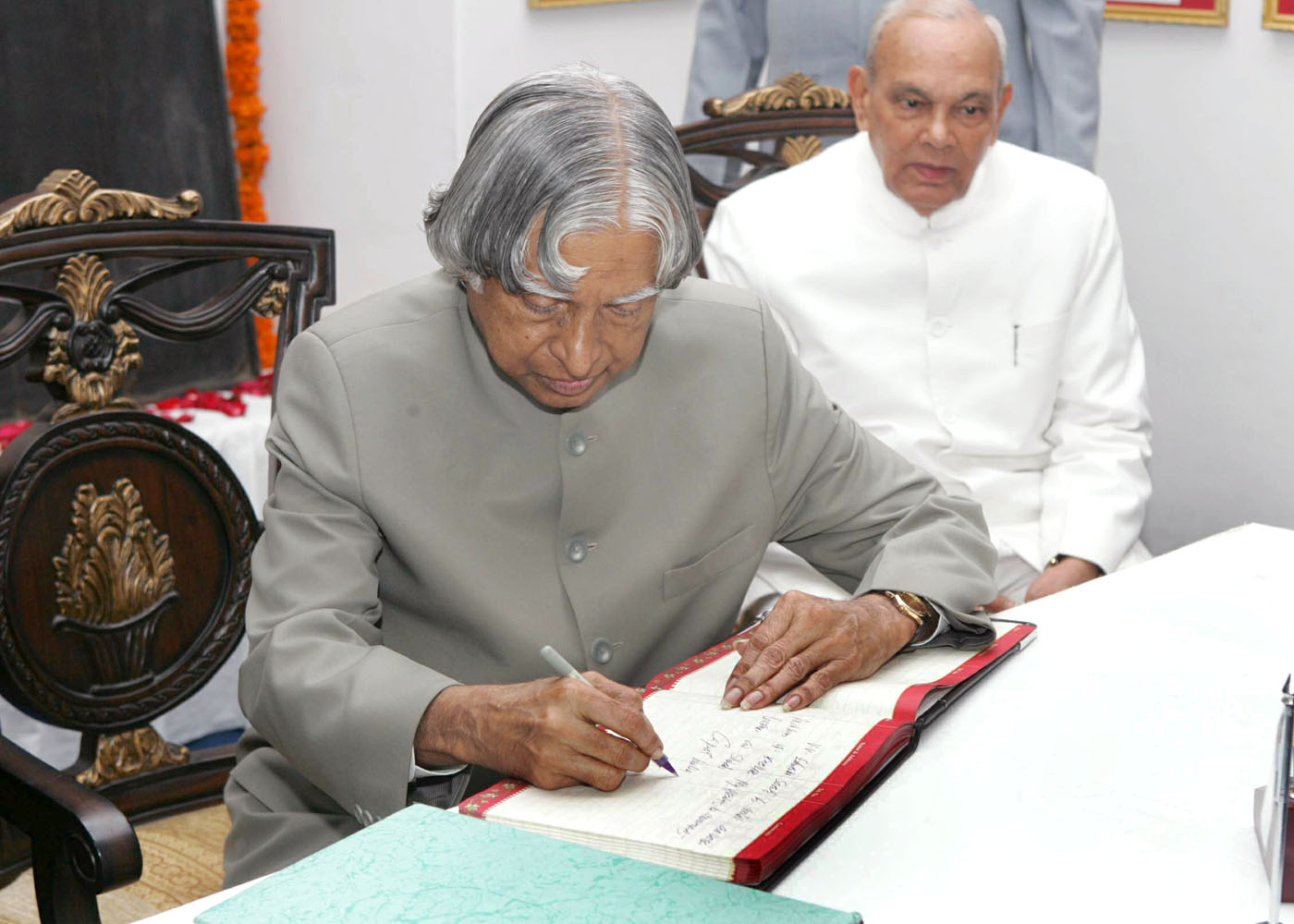
c. Capacity to use high technology: Every student in our schools and colleges should be brought in contact with technology to aid their learning process. Educational institutions should be equipped with adequate computing equipment, laboratory equipments, Internet facilities with high band width connectivity and provide an environment for the students to enhance their learning ability. In the midst of all of the technological innovations and revolutions we cannot think that the role of the teachers will be diminished. In fact the teacher will become even more important and the whole world of education will become teacher assisted and would help in ?tele-porting? the best teacher to every nook and corner of the country and propagate the knowledge. The teacher becomes a facilitator and knowledge manager. For full utilization of the available connectivities through satellite, high band width optical fibre communication in conjunction with technologies like Wi-max, the most critical aspect is the availability of quality content. I would suggest all the experts here to address this important issue and evolve a time bound action plan so that the quality content is made available at nodal points for access by the students, teachers and desiring learners.
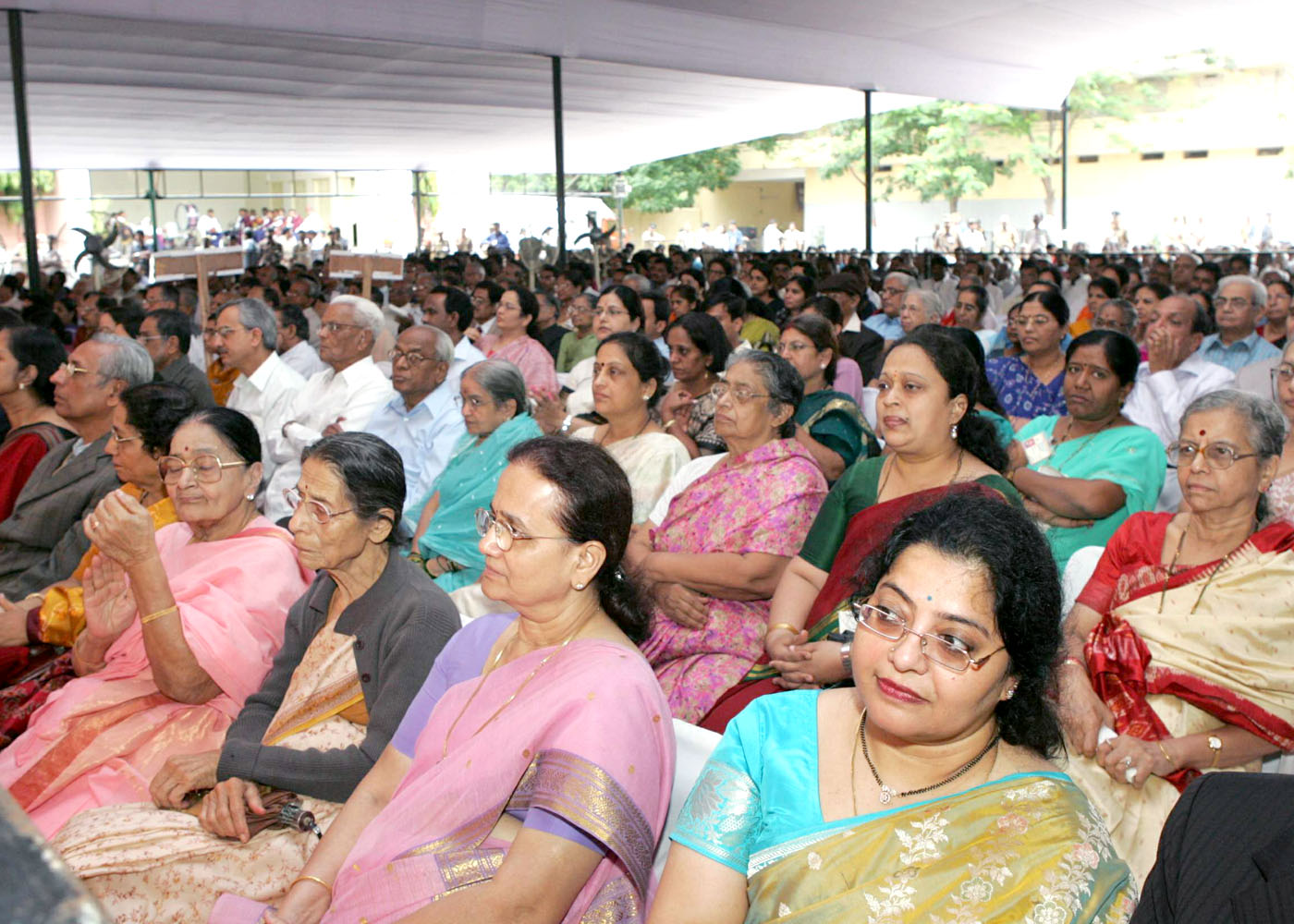
d. Entrepreneurship:The aptitude for entrepreneurship should be cultivated right from the beginning and in the educational environment both in the Schools and the Colleges. We must teach our students to take calculated risks for the sake of larger gain, but within the ethos of good business. They should also cultivate a disposition to do things right. This capacity will enable them to take up challenging tasks later.
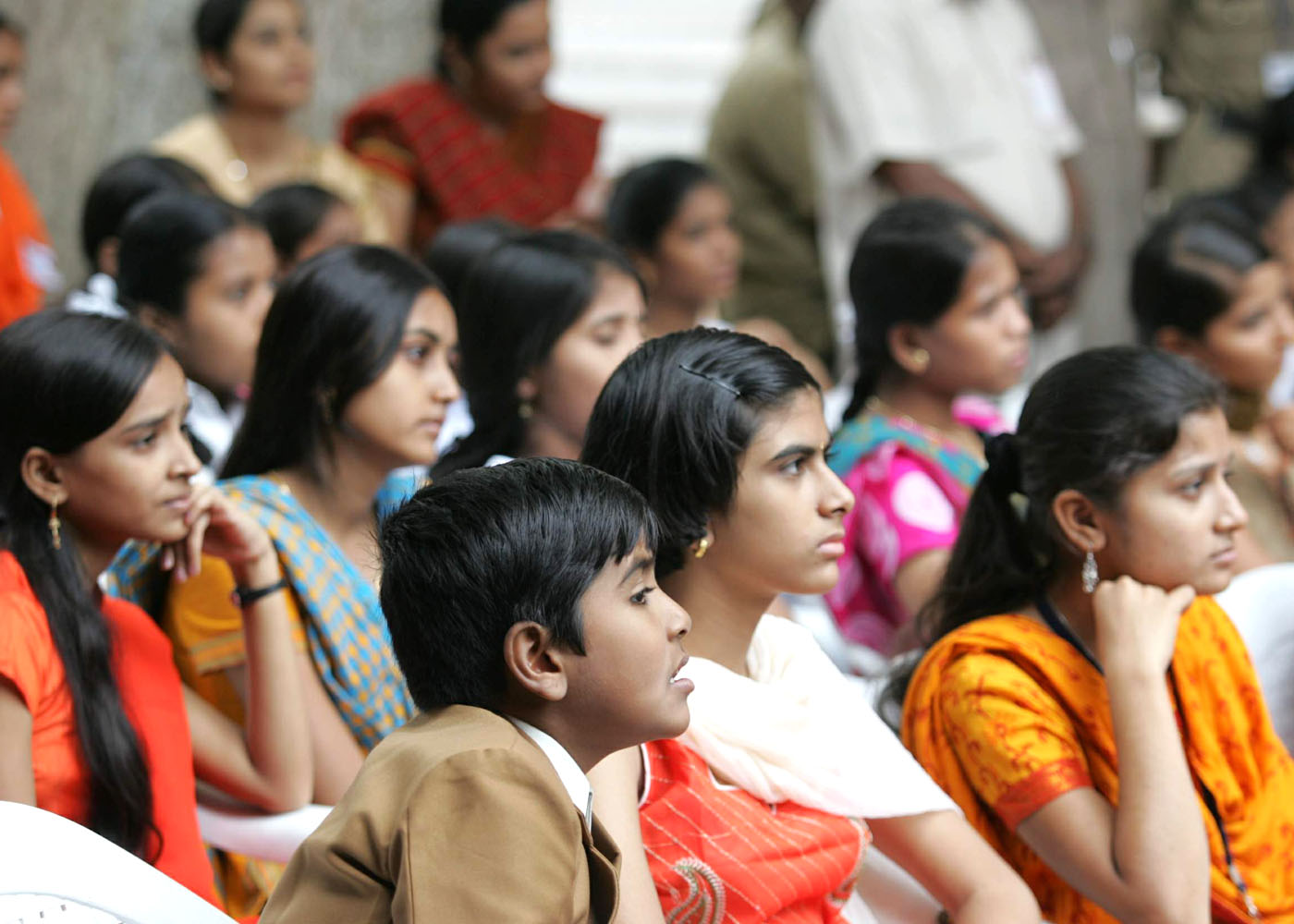
e. Moral leadership: Moral leadership involves two aspects. First it requires the ability to have compelling and powerful dreams or visions of human betterment. Moral leadership requires a disposition to do the right thing and influence others also to do right things. There is a need for inclusion of ?moral science? class as a part of education in all the schools and colleges. This is essential for promotion of value based education leading to enlightened citizenship. Let me now describe my own experience in acquisition of knowledge during my school days and college education, where I had an opportunity to receive value based education.
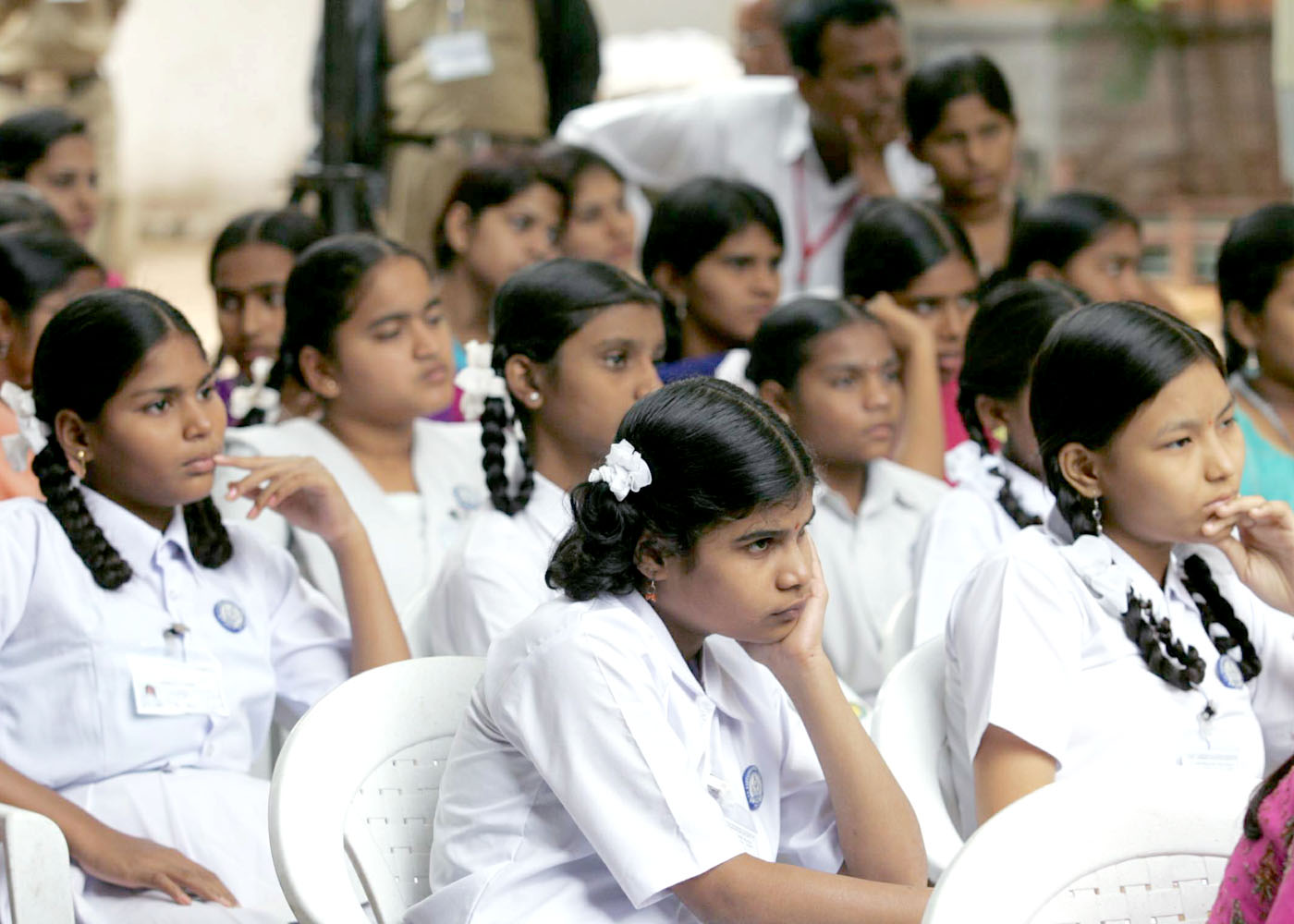

Bird story and my profession
I had a teacher, Shri Siva Subramania Iyer. He was one of the very good teachers in our school. All of us loved to attend his class and hear him. One day he was teaching about bird's flight. He drew a diagram of a bird on the blackboard depicting the wings, tail and the body structure with the head. He explained how the birds create the lift and fly. He also explained to us how they change direction while flying. Nearly 25 minutes he gave the lecture with various information such as lift, drag, how the birds fly in a formation of 10, 20 or 30 etc. At the end of the class, he wanted to know whether we understood how the birds fly. I said, I did not understand how the birds fly. When I said this, he asked the other students whether they understood or not. Many students said that they did not understand. Our teacher was a real teacher and very good teacher. He did not get upset by our response.
In view of this, my teacher said that he would take all of us to the sea shore. That evening the whole class was in the sea shore. We enjoyed the roaring sea waves knocking at the rocks in the pleasant evening. Birds were flying with sweet chirping voice. He showed the sea birds in formation in 10 to 20 numbers, we have seen the marvelous formation of birds with a purpose and we were all amazed. And we were simply looking at the formation. He showed the birds and asked us to see when the birds fly, what it looked like. We saw the wings being flapped. He asked us to look at the tail portion with the combination of flapping wing and twisting tail. We noticed closely and found that the birds in that condition flew in the direction they wanted. Then he asked us a question, where the engine is and how it is powered. Bird is powered by its own life and the motivation what it wants. All these things were explained to us within 15 minutes. We all understood the whole bird dynamics with practical example. How nice it was? Our teacher was a great teacher; he could give as a theoretical lesson coupled with live practical example. This is real teaching. I am sure, many of the teachers in schools and colleges will follow this example.
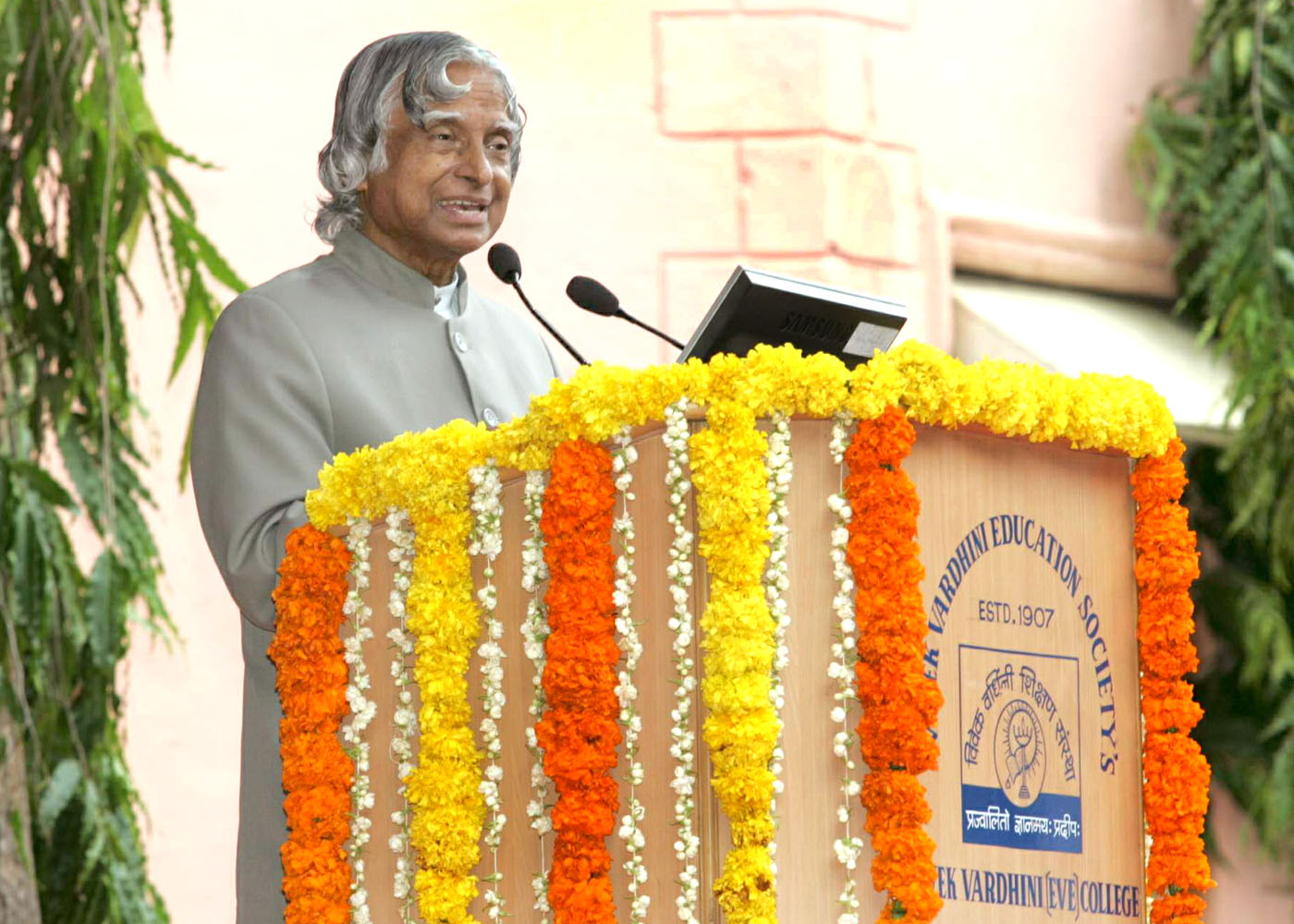

Mission of Life
For me, it was not merely an understanding of how a bird flies. The bird's flight entered into me and created a feeling on the seashore of Rameswaram. The way, my teacher taught me, led to the mission in my life. From that day evening, I thought that my future study has to be with reference to flight and flight sciences. I am telling this because my teacher?s teaching and the event that I witnessed decided my future career. Then one evening after the classes, I asked the teacher, "Sir, please tell me, how to progress further in learning flight sciences." He patiently explained to me that I should complete 8th class, and then go to high school and then I should go to college that may lead to education of flight. If I do all these things I might do something connected with flight sciences. This advice and the bird flying exercise given by my teacher really gave me a goal and a mission for my life. When I went to college, I took Physics. When I went to engineering in Madras Institute of Technology, I took Aeronautical Engineering.
Thus my life was transformed as a rocket engineer, aerospace engineer and technologist. That one incident of my teacher teaching the lesson, showing the visual live example proved to be a turning point in my life which eventually shaped my profession. When I was a 10 year boy, dear young friends, you can see, how my teacher gave me a mission for my life. Now, I would like to discuss about my great teachers at St. Joseph?s College.


My Experience in St. Joseph?s College
I had a great teacher, who is a living legend now; his name is Prof. Rev. Father Chinnadurai. He taught me Physics in 1952, particularly nuclear physics and light. The way the Professor taught, many students started loving physics, particularly nuclear physics. Now Rev Father Chinnadurai in his 90's is staying in Dindugal, whenever I visit southern region, I meet him and pay my respects.
Now I would like to discuss about my mathematics teacher Prof Thothatri Iyengar. As a young science student, I had an opportunity at St. Joseph?s College to witness a unique scene of divine looking personality walking through the college campus every morning, and teaching Mathematics to various degree courses. Students looked at the personality who was a symbol of our own culture, with awe and respect. When he walked, knowledge radiated all around. The great personality was, Prof Thothatri Iyengar, our teacher. At that time, ?Calculus Srinivasan who was my mathematics teacher, used to talk about Prof Thothatri Iyengar with deep respect. They had an understanding to have an integrated class by Thothatri Iyengar for first year B.Sc. (Hons) and first year B.Sc. (Physics). Thus, I also had the opportunity to attend his classes, particularly on modern algebra, statistics and complex variables. When we were in the B.Sc first year, Calculus Srinivasan used to select top ten students to the Mathematics Club of St. Joseph?s, whom were addressed by Prof Thothatri Iyengar. I still remember, in 1952, he gave a lecture on ancient mathematicians and astronomers of India. In that lecture, he introduced four great mathematicians and astronomers, which is still ringing in my ears.
Prof. Thothatri Iyengar explained, based on his analysis, that Aryabhata was both an astronomer and mathematician, born in 476 AD in Kusuma-pura (now called Patna). He was known to represent a summary of all Maths at that point of time. Just when he was only 23 years old, he wrote his book ARYABHATIYAM in two parts. He covered important areas like arithmetic, algebra (first ever contributor), trigonometry and of course, astronomy. He gave formulae for the areas of a triangle and a circle and attempted to give the volumes of a sphere and a pyramid. He was the first to give value of 22/7.
My teacher added: next comes to our mind the greatest of all geniuses ever known and acknowledged, and who lived within our present memory, Srinivasa Ramanujan. He lived just for about 33 years (1887-1920), had no practical formal education or means of living. Yet, his inexhaustible spirit and love for his subject made him contribute to treasure house of mathematical research ? some of which are still under serious study and engaging all-available world mathematicians? efforts to establish formal proofs. In fact, it is not an exaggeration to say that it was Hardy who discovered Ramanujan for the world. One of the tributes to Ramanujan says that, ?every Integer is a personal friend of Ramanujan. His works cover vast areas including Prime Numbers, Hyper-geometric Series, Modular Functions, Elliptic Functions, Mock Theta Functions, even magic squares, apart from serious side works on geometry of ellipses, squaring the circle etc. During the lecture he also talked about other two great Indian mathematicians Brahmagupta who wrote BRAHMA SPHU-TA SIDDHANTA and Bhaskaracharya and his SIDDHANTHA- SIROMANI. The great minds radiate knowledge which attract young students to take difficult subjects and specialize with ease. Next I would like to mention about moral science class.
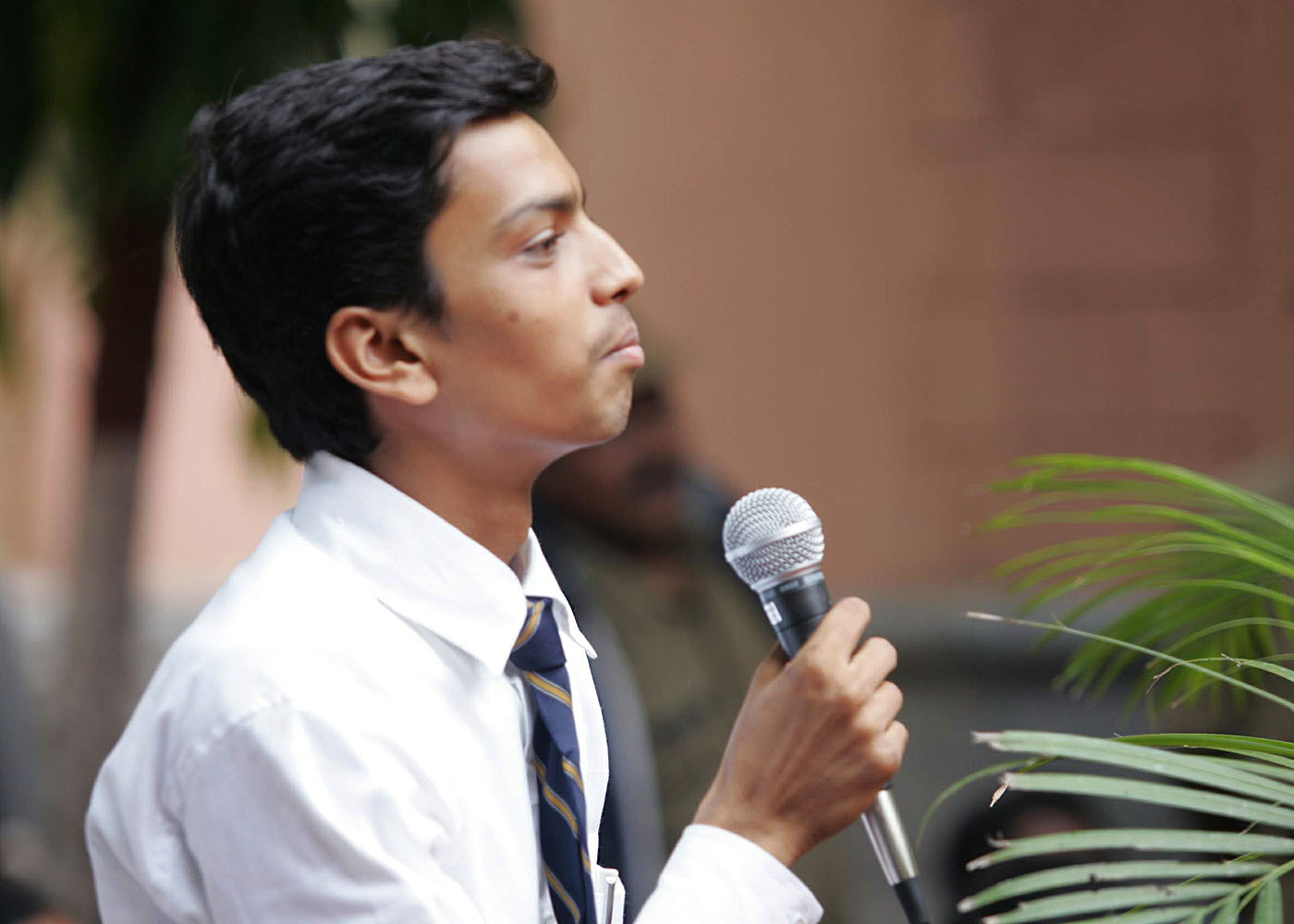

Moral Science Class
I also remember the lectures given by the highest authority of a Jesuit institution Rev Father Rector Kalathil of St. Joseph?s college, Tiruchirappalli. Every Monday, he will take a class for an hour. He used to talk about good human beings present and past and what makes a good human being. In his class he used to give lectures on personalities such as Buddha, Confucius, St. Augustine, Califa Omar, Mahatma Gandhi, Einstein, Abraham Lincoln and moral stories linked to our civilizational heritage. In the moral science class, Father Kalathil used to highlight the best aspect of, how the great personalities have been evolved as good human beings through parental care, teaching and companionship of great books. Even though these lessons were given to me in 1950?s during my college days, they inspire me even today. It is essential that in the schools and colleges, lectures are given by great teachers of the institution once a week for an hour on civilizational heritage and derived value system.
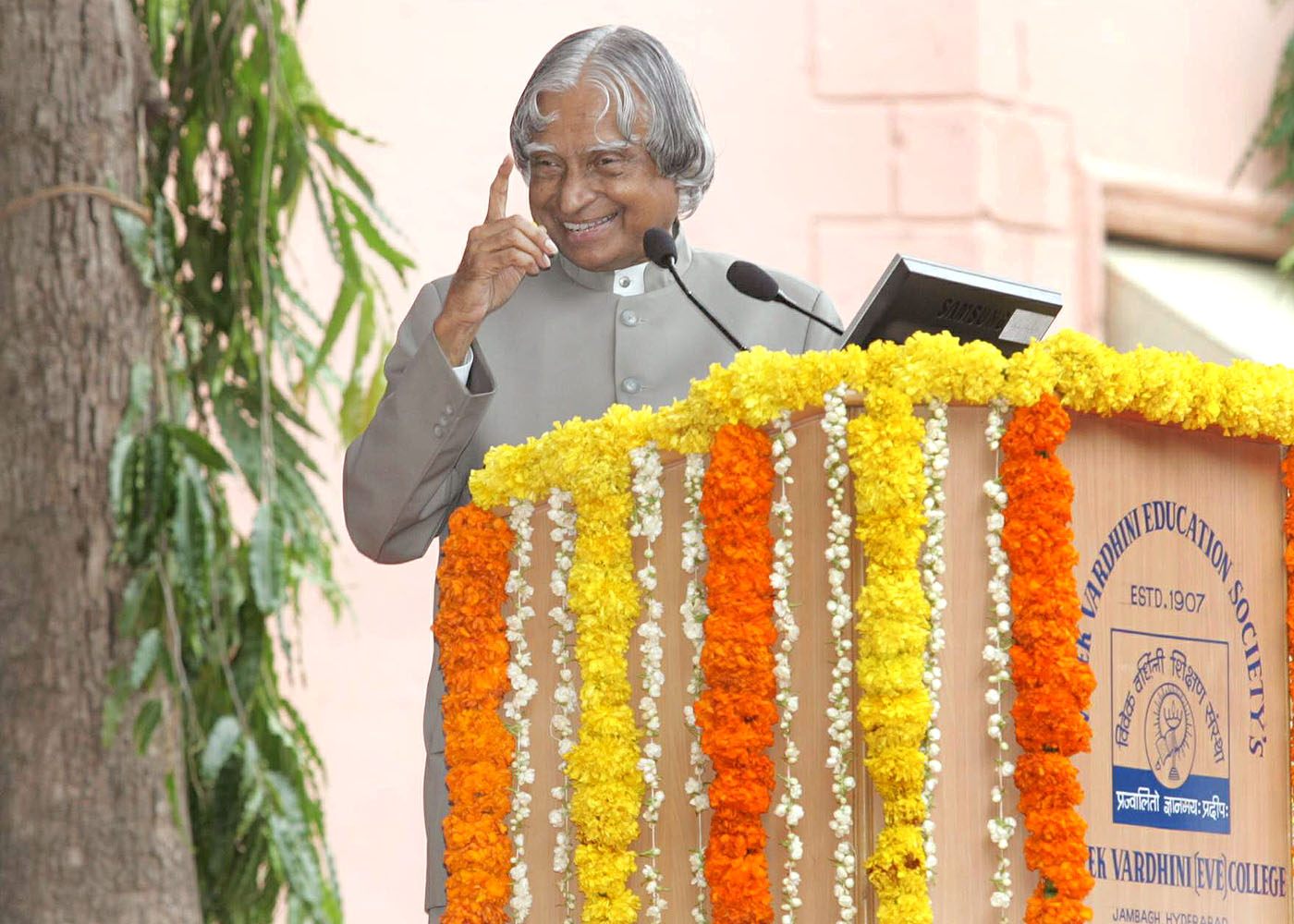

Transforming employment seeker to generator
There has been substantial growth in our higher educational system and we are generating over 3 million graduates every year. Definitely 10 to 15% of students may opt for research ? teaching ? research. Remaining 85% of the graduates will seek for employment. However our employment generation system is not in a position to absorb all the graduates who is seeking employment leading to increase in educated unemployed, year after year. We need higher education backed by employment opportunities. A multi pronged strategy is needed to make education more attractive and simultaneously create employment potential. How do we do that?
Firstly, the educational system should highlight the importance of entrepreneurship and prepare the students right from the college education to get oriented towards setting up of the enterprises which will provide them creativity, freedom and ability to generate wealth. Apart from entrepreneurship, the youth should have the spirit that ?We can do it?.
Secondly, the banking system should provide venture capital right from every village level to the prospective entrepreneurs for undertaking new enterprises. Banks have to be proactive to support the innovative products for enabling wealth generation by young entrepreneurs by setting aside the ?conventional tangible asset syndrome?. Definitely this involves certain amount of calculated risks, which can be eliminated by making an analysis of successful venture capital enterprises. Thirdly, there is a need to identify marketable products and enhancement of purchasing power among the people. This can come through the implementation of mega programmes such as PURA, Interlinking of Rivers, Infrastructural missions, Power missions and Tourism.
Today over 5,000 students are studying in the institutions run by VVES. Out of these, nearly 2700 are studying in higher educational institutions in arts, commerce, science, education and business management. The VVES in its centenary years can consider establishment of Vivek Vardhini PURA (Providing Urban Amenities in Rural Areas) by adopting ten to fifteen villages in Mehaboob Nagar district.

Mission for VVES
The students of VVES as a part of their project work can study the socio cultural life of the people of the ten adopted villages in Mehaboob Nagar district. This type of study can include parameters like education level of family members, availability of pucca houses, availability of safe drinking water, good sanitation facilities, infant mortality rate, maternal mortality rate, life expectancy, opportunity and availability of productive non-farm jobs in rural settings. In addition, we may also have to take up issues such as crime in the village, male and female ratio, respect to women, status of special ability children for getting an inclusive picture about society as a whole. With this experience, I would recommend the under graduate and post-graduate students of VVES to take up a study for the implementation of PURA (Providing Urban Amenities in Rural Areas) as a business proposition in the Mehaboob Nagar adopted villages. The VVES can assign a three month project work for a groups of student to come up with a detailed project report and implementation plan for the PURA in consultation with Mehaboob Nagar District Authorities which should aim to increase the literacy, increase the per-capita income, employment generation, provision of quality healthcare, safe drinking water, use of renewable energy, conversion of waste into wealth in the rural complexes. There are number of operational PURA?s in the country such as Periyar PURA in Vallam, Tamil Nadu, Byrraju PURA in Bhimavaram, Andhra Pradesh, Loni PURA in Maharastra, Chitrakoot PURA in Madhya Pradesh and Sakthi PURA in Pollachi, Tamil Nadu. The staff and students of VVES can get details about these PURA complexes in our website

Conclusion: Seven Point Oath
Now, I would like to administer seven point oath for the students. Are you ready?
1. I realize, I have to set a goal in my life. To achieve the goal, I will acquire the knowledge, I will work hard, and when the problem occurs, I have to defeat the problem and succeed.
2. As a youth of my nation, I will work and work with courage to achieve success in all my tasks and enjoy the success of others.
3. I shall always keep myself, my home, my surroundings, neighbourhood and environment clean and tidy.
4. I realize righteousness in the heart leads to beauty in the character, beauty in the character brings harmony in the home, harmony in the home leads to order in the nation and order in the nation leads to peace in the world.
5. I will lead an honest life free from all corruption and will set an example for others including my home to adopt a righteous way of life.
6. I will light the lamp of knowledge in the nation and ensure that it remains lit for ever.
7. I realize, whatever work I do if I do the best, I am contributing towards realizing the vision of developed India 2020.
With these words, I inaugurate the centenary celebrations of Vivek Vardhini Education Society and my best wishes to all the participants for success in all their endeavours.
May God bless you.
Dr. A. P. J. Abdul Kalam
<<Back
|
|